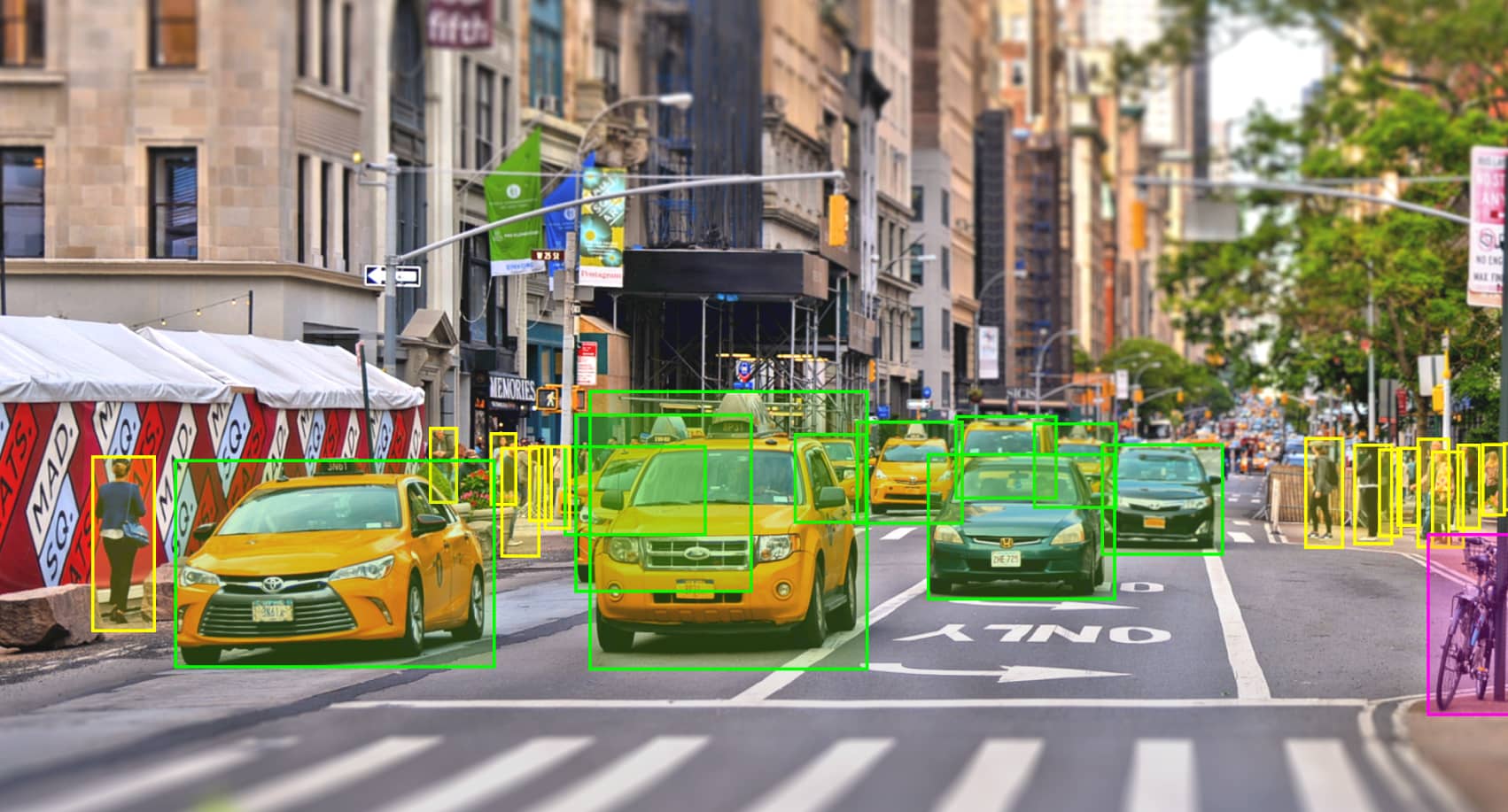Companies across all industries in the present data-driven world rely on artificial intelligent (AI), and machine learning (ML) for gaining important insights from huge quantities of data. Image annotation, a key technique of computer vision plays an essential role in making sense of data from visual sources. This article focuses on the subject of annotation of images and the significance of using tools and software to annotate images and solutions for unlocking the potential of data-driven choices.

Image annotation is a process which involves labeling or tagging images by using metadata. This helps computers understand and interpret visual information accurately. Image annotation, which includes adding bounding boxes, polygons or keypoints to images, enables ML models to identify objects, patterns, and attributes. This bridges the gap between raw images and actionable insights, opening up the possibility to a variety of applications, such as autonomous vehicles, medical imaging, ecommerce and surveillance.
An array of tools are available to speed up the process of annotation of images. These tools have intuitive interfaces that allow annotators to draw marks on objects or regions that are of interest within images easily. They offer a variety of annotation options as well as customization features that can be adapted to diverse requirements for data. From simple drawing tools to advanced shapes recognition and automated annotation suggestions Image annotation tools improve the accuracy and efficiency of annotation that allows annotators to work quickly and with accuracy.
Image annotation tools takes the annotation process to the next level by incorporating automation and collaboration features. These software applications use ML algorithms to automatize the process which reduces manual labor and improving the speed of annotation. Annotation software can help speed up the labeling process through techniques like active learning as well as transfer learning.
The annotation software allows for seamless collaboration between several annotators. It offers real-time synchronization, annotation versioning, as well as commenting features, ensuring a smooth flow of communication and creating a more collaborative environment. This method of collaboration not just enhances the quality of annotations, but can also promote sharing of knowledge and assures uniformity across annotations.
When selecting an image annotation tool There are several aspects that must be considered. First, it must be compatible with the specific specifications of the project. These include the different types of annotation (e.g. keypoints and polygons) and the complexity of labeling tasks, and the ability to scale.
The second is the flexibility of the solution is vital. A robust annotation solution should permit the customisation of workflows for annotation along with integration with existing data management systems and compatibility with many data formats. This flexibility allows the annotation software to integrate seamlessly into workflows already in place.
The quality of annotations made by the solution is also something that must be assessed. To ensure accuracy and consistency high-quality image annotation tools use quality control mechanisms. This could be done through verification of annotation agreement, inter-annotator validation and continuous feedback loops between annotators and reviewers.
The impact of image annotating goes beyond the annotation process. Through the use of image annotation tools as well as software and solutions organisations can boost the value of their data by utilizing it in multiple ways. In the first place, precise annotations allow to provide more precise and reliable ML modeling and development. These models can be utilized for different applications such as image classification, object recognition, and anomaly detection.
Image annotation can also be used to support data-driven decisions by providing meaningful and rich insight. In the healthcare industry medical imaging with annotations are a great way to diagnose ailments, spot abnormalities or determine the best treatment. Image annotations are used in online shopping to facilitate search capabilities for images visually merchandising, visual merchandising, as well as product recommendation systems.
The use of image annotation with data science has revolutionized the way we work, making an asset that is valuable. It speeds up the analysis of data, exposes connections that are not obvious and gives real-time insight. With image annotation, organizations can improve their processes, get to market faster, decrease costs, and gain a competitive advantage. Annotated images are more readable and valuable for all the stakeholders in any organization because they are able to visualize concepts better than abstract diagrams. When used correctly, image annotation can be a very effective way to convert data into actionable analysis and boost the efficiency of every application.